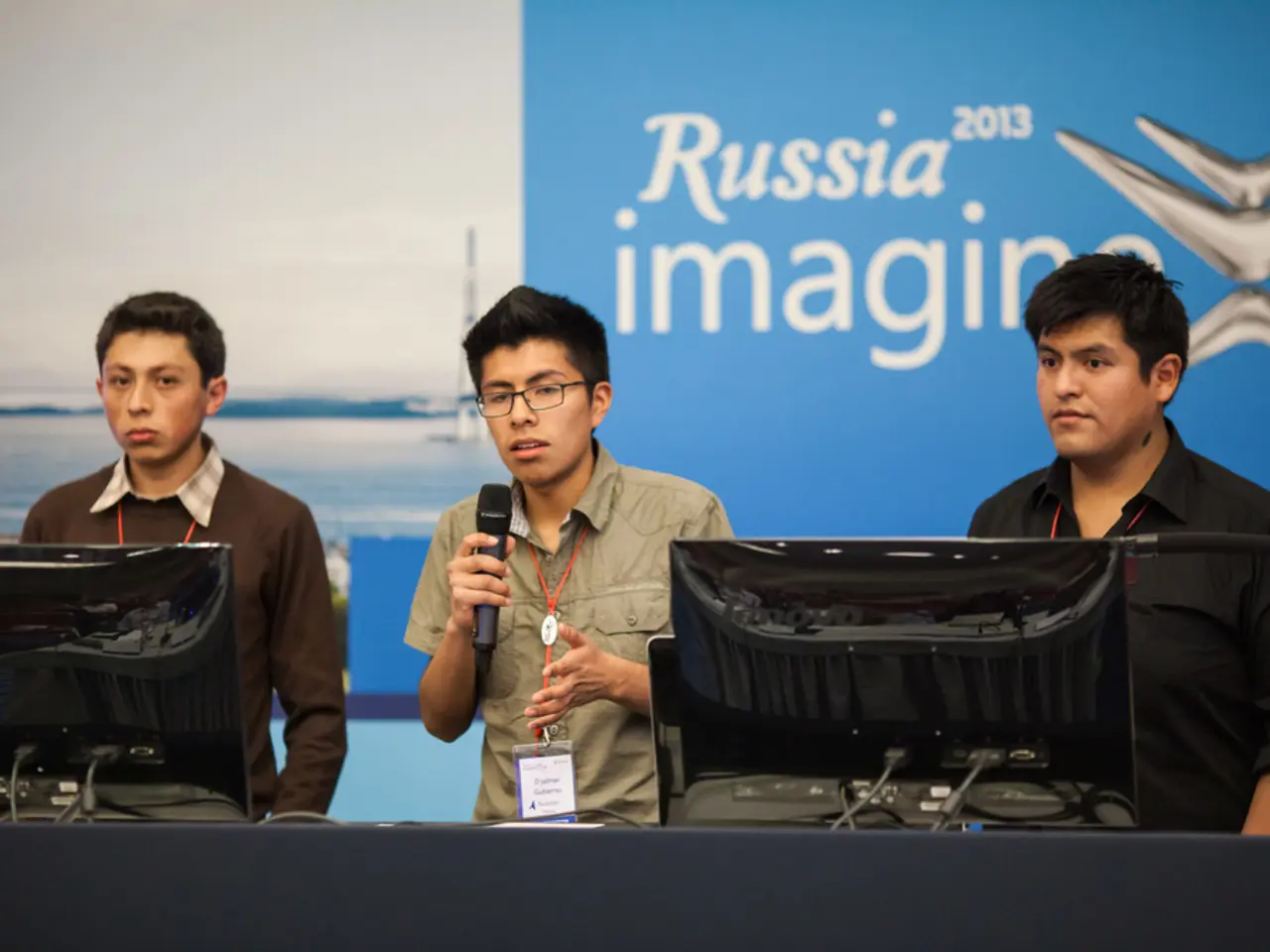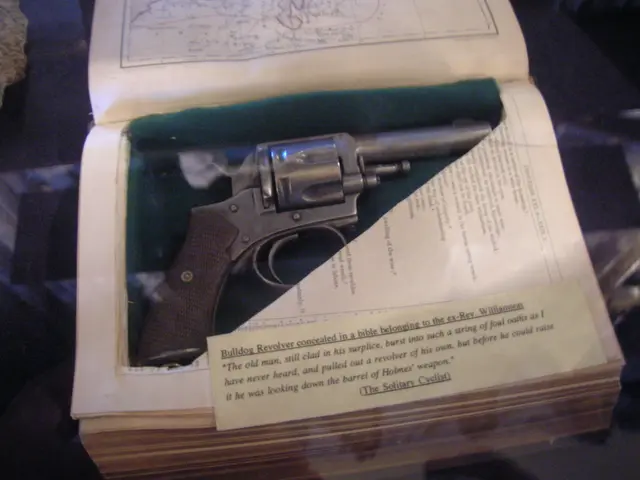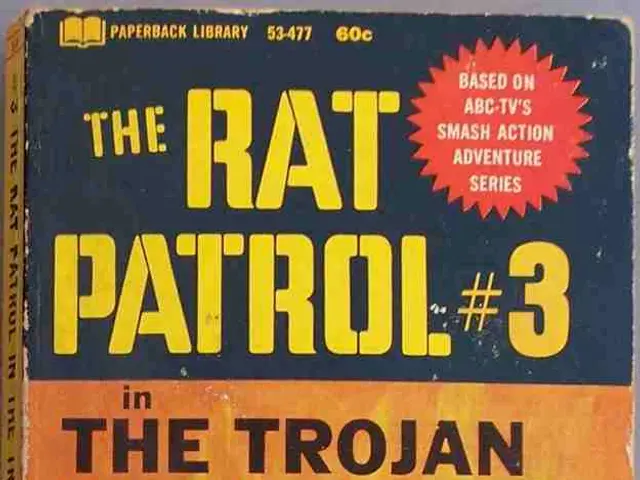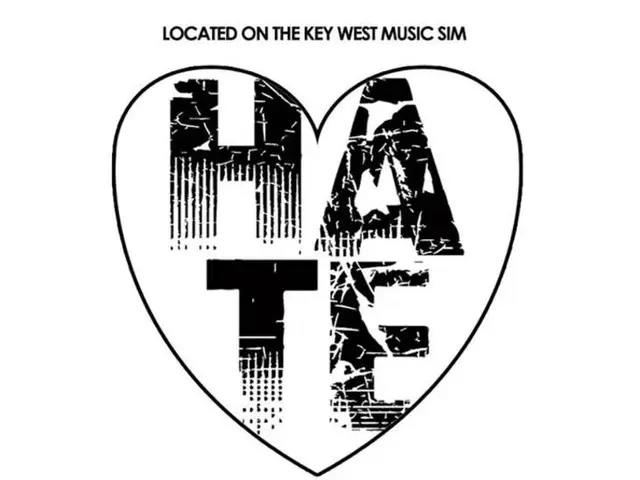Secret Psychic Operations During the Cold War: Unveiling the Hidden Conflicts
In the tense atmosphere of the Cold War, the Soviet Union delved into the realm of the extraordinary, embarking on secretive psychic warfare programs that aimed to exploit unconventional methods for intelligence, military, and propaganda purposes. These clandestine efforts, shrouded in secrecy and speculation, focused on psychic phenomena such as telepathy, remote viewing, and mind control.
The USSR invested significantly in advancing psychic research and unconventional warfare techniques, leveraging Cold War secrecy to conduct experiments and develop capabilities believed to include remote influence and espionage [1][3]. These programs formed part of broader Cold War strategies aimed at gaining an advantage beyond conventional military technology, targeting NATO and Western intelligence agencies.
The U.S., too, recognised the potential of these unconventional methods, leading to the establishment of Project Star Gate, a government program that ran from 1972 to 1995 and focused on remote viewing and psychokinetic abilities [2]. Some experts believed that if psychic powers were real, the Soviets were ahead in figuring out how to use them [1]. Consequently, the CIA and military threw real resources into tracking Soviet psychotronic research.
One of the most intriguing figures to emerge from these programs was Nina Kulagina, a former tank soldier in the Soviet Union, who became the Soviet Union's top psychic subject after exhibiting psychic abilities such as moving objects with her mind [1]. Reports suggest that she even stopped a frog's heart using her mind in a Leningrad lab in 1970 [1].
The psychic warfare era taught valuable lessons for modern intelligence and defense teams, including staying open-minded, using real science, spending smart, and competition fueling creativity. However, much of the detailed information remains classified or shrouded in secrecy, contributing to a mix of documented facts and speculative accounts.
While direct evidence of operational success or strategic effectiveness is scarce, these efforts highlight the Soviet Union’s interest in leveraging nontraditional methods of conflict, including psychological and cognitive warfare components [1][3]. The programs also pushed Western intelligence communities to explore similar avenues, indicating a global impact on intelligence and military approaches to mind-related capabilities [1][3].
The psychic warfare era blurred the lines between science, politics, and fear in a way that only the Cold War could. Some research found its way into real science, such as neuroscience, the placebo effect, and studies on human consciousness. Yet, no authoritative mainstream historical sources detail extensive operational successes or failures, as much of the material remains classified, speculative, or based on declassified fragments and anecdotal reports.
In summary, while Soviet psychic warfare programs were a notable and secretive facet of their Cold War strategy, the full extent and concrete impact remain partially obscured by state secrecy and the passage of time. These programs contributed to the atmosphere of paranoia and espionage that characterized the Cold War, influencing the psychological dimensions of international rivalry. As we continue to unravel the mysteries of the past, the legacy of these programs continues to resonate in our understanding of intelligence, military, and psychological operations.
References:
[1] Greenhawk, P. (2019). The Secret History of Psychic Warfare. Oneworld Publications.
[2] McMoneagle, P. (2012). Mind to Mind: Exploring the Extrasensory Bonds of Living Things. Anomalist Books.
[3] Singer, P. (2006). The Psychic Battle: The History and Science of Extrasensory Perception in the Military and Intelligence. Prometheus Books.
[4] Hynek, J. A. (1972). The UFO Experience: A Scientific Inquiry. University of Chicago Press.








